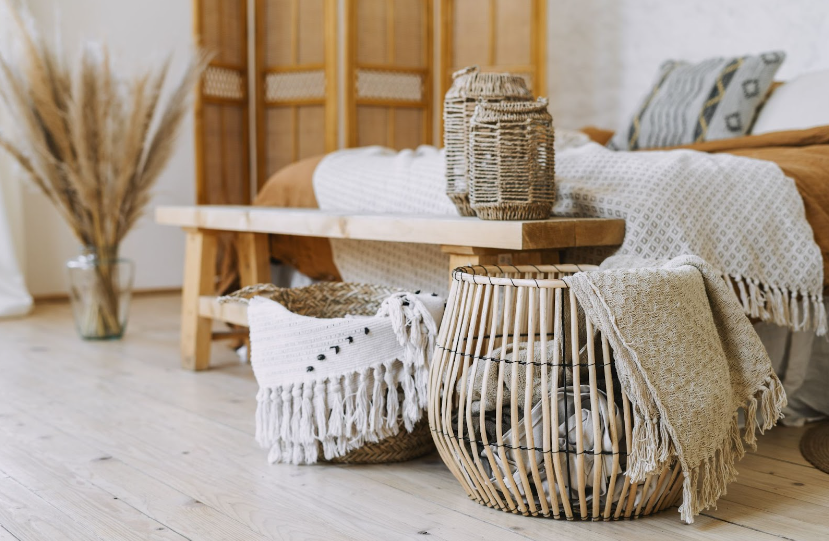Designing Modern Homes With Minimal Tech Dependency
If you've been following along with our blog, you might recall our recent exploration of how technology intertwines with interior design. But today, we're taking a different turn – we're dialing it back a bit, focusing on how to dial down the tech in your home.
As interior designers in Philadelphia, we're keen on understanding our clients' unique needs to craft spaces that truly reflect their lifestyle. While some people are all about the latest gadgets and smart systems to streamline their lives, others are craving a break from the digital buzz.
Why the shift? Well, there are a few reasons. According to UC Davis Health, the blue light from electronics can affect sleep patterns and can strain the eyes. Then there's the worry over electromagnetic field (EMF) radiation and its potential impact on health. And of course, there's the simple desire to carve out a peaceful haven free from the constant hum of technology. If you're nodding along, contemplating a tech detox for your space, here's how to make it happen.
Designate Tech-Free Zones
Start by identifying areas in your home where screens and gadgets are off-limits. Think cozy corners for reading, quiet nooks for reflection, or dining spaces free from the distraction of devices. Assess which rooms actually need technology and which could benefit from being free of blinking lights, wires, and unnecessary devices.
Embrace Analog
Rediscover the charm of old-school pleasures like flipping through a book, gathering around a board game, or displaying handmade art. Incorporating analog elements adds warmth and character to your space while encouraging real, tactile connections.
Screen-Free Bedrooms
Your bedroom should be a sanctuary for rest and relaxation, free from the glow of screens. Banish TVs, smartphones, and tablets from this space to create an environment conducive to peaceful slumber. Incorporate soft lighting and comfortable furnishings that create an inviting space where you can rest and recharge.
Kitchen Connection
Foster meaningful connections over meals by keeping tech out of the kitchen. Opt for simple, traditional tools and gadgets that enhance the cooking experience without adding unnecessary digital distractions. Consider investing in appliances that are energy efficient to cut back on noise, as well as electric and magnetic waves.
Work Without Wires
If you have a home office, aim to minimize tech clutter and create a space that promotes focus and creativity. Incorporate elements of nature, like plants and natural light, to boost productivity and well-being.Try to keep the gadgets to a minimum. For example, you may want to leave your phone or tablet elsewhere while you’re working so that you’re not distracted by constant notifications.
Set Boundaries
Establish clear boundaries around tech usage in your home. Designate tech-free times, such as during meals or before bedtime, to encourage mindful living and foster deeper connections with loved ones. Remember, these boundaries are essential for maintaining a healthy balance between technology and real-life interactions.
Digital Detox Days
Consider implementing regular tech-free days or weekends to reset and recharge. Use this time to engage in offline activities like hiking, crafting, or simply enjoying quality time with family and friends. It's amazing how refreshing a break from screens can be, allowing you to fully immerse yourself in the present moment.
Prioritize Well-Being
Above all, prioritize comfort and serenity in your home design. Choose furniture, colors, and textures that promote relaxation and create a sense of calm. Incorporating elements of biophilic design, such as natural materials and greenery, can further enhance your well-being.
In a world where technology pervades every aspect of our lives, creating tech-free spaces in your home is a deliberate act of self-care. By embracing simplicity and connection, you can cultivate a sanctuary that nourishes both body and soul. So go ahead, unplug, unwind, and rediscover the joy of living in the moment.
